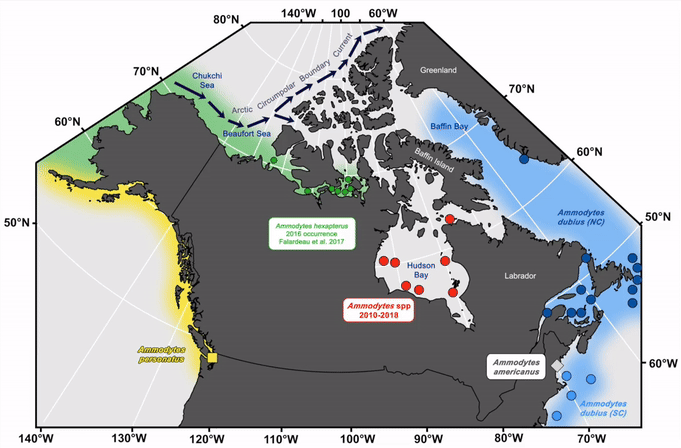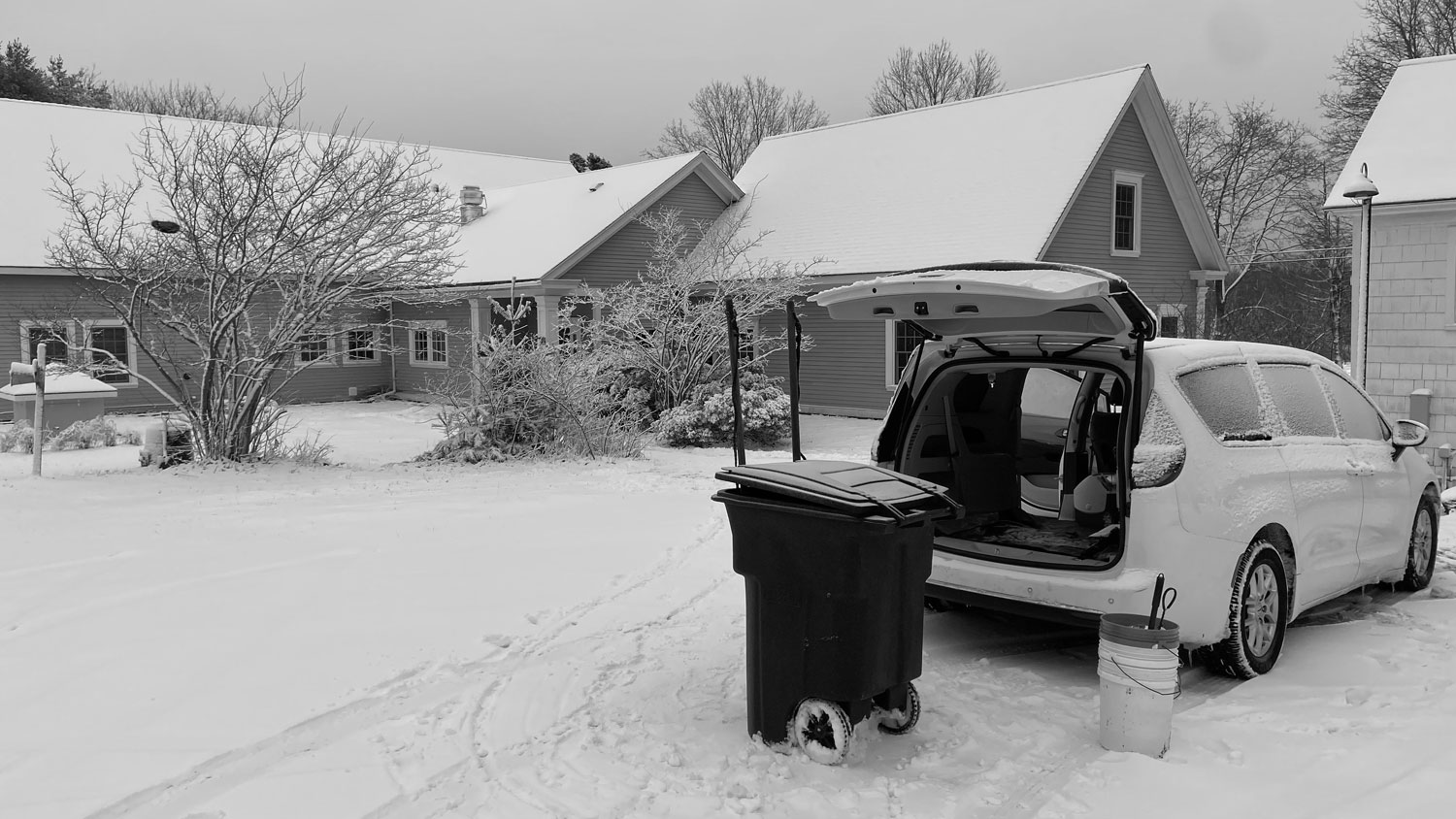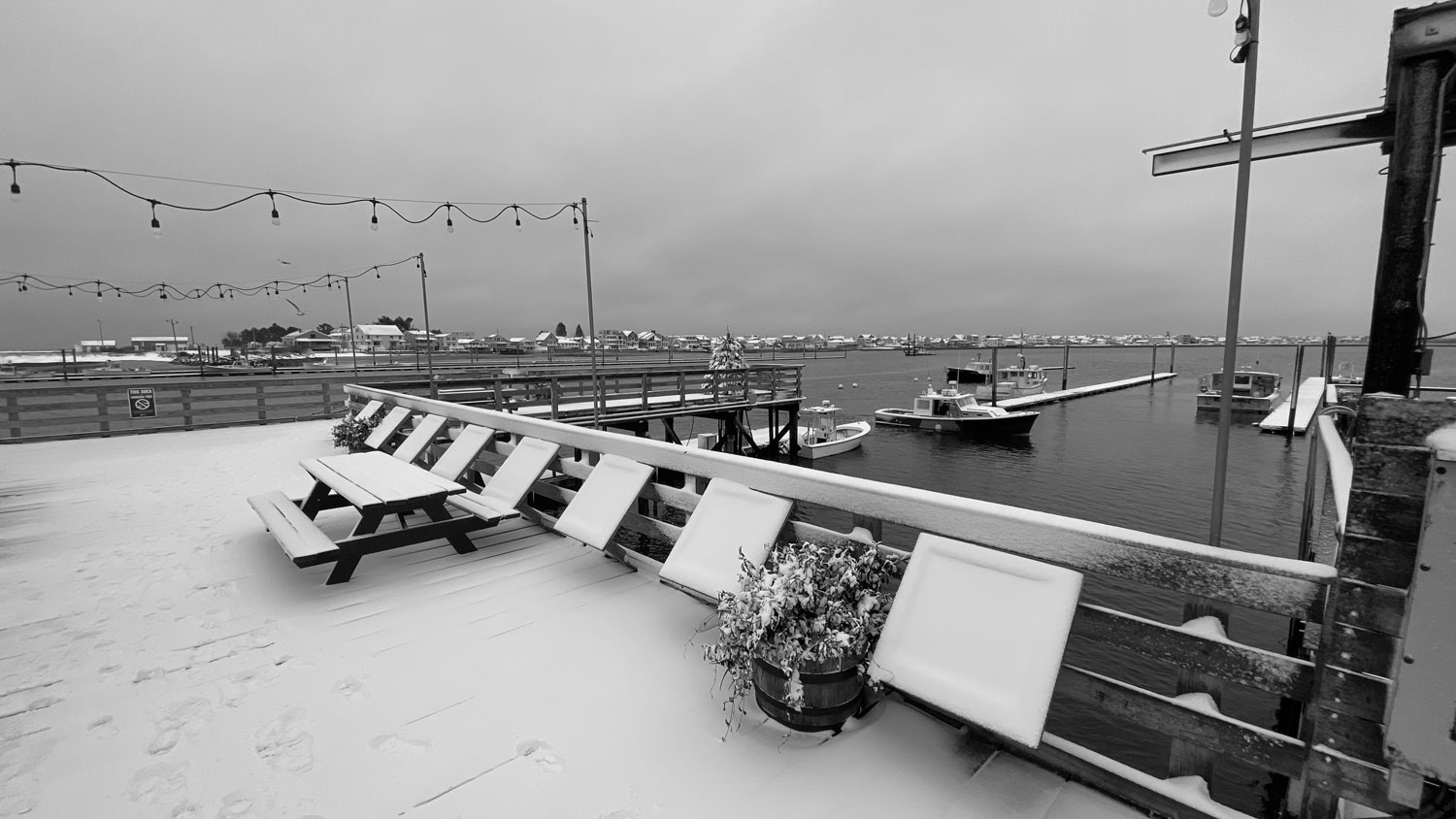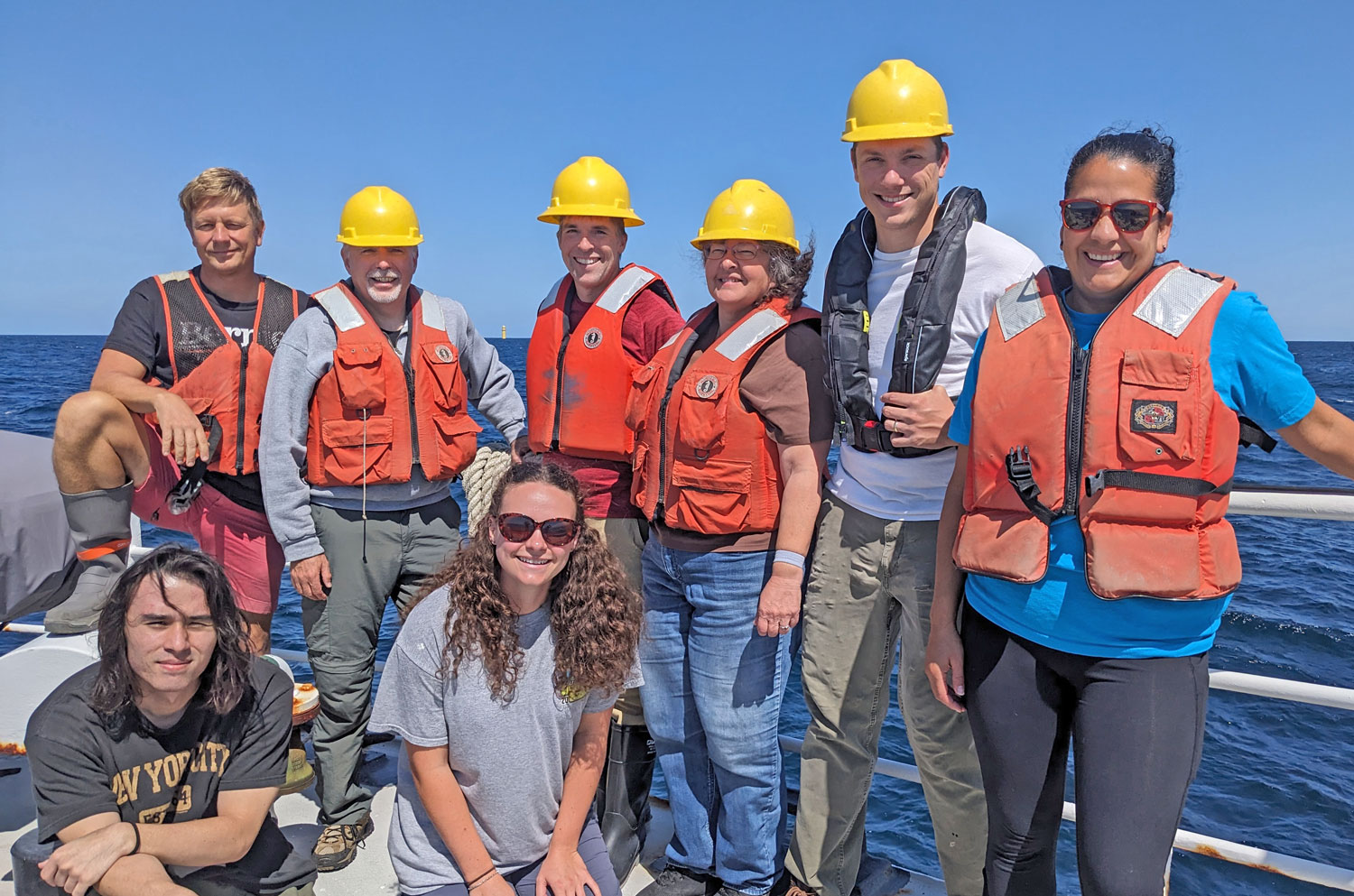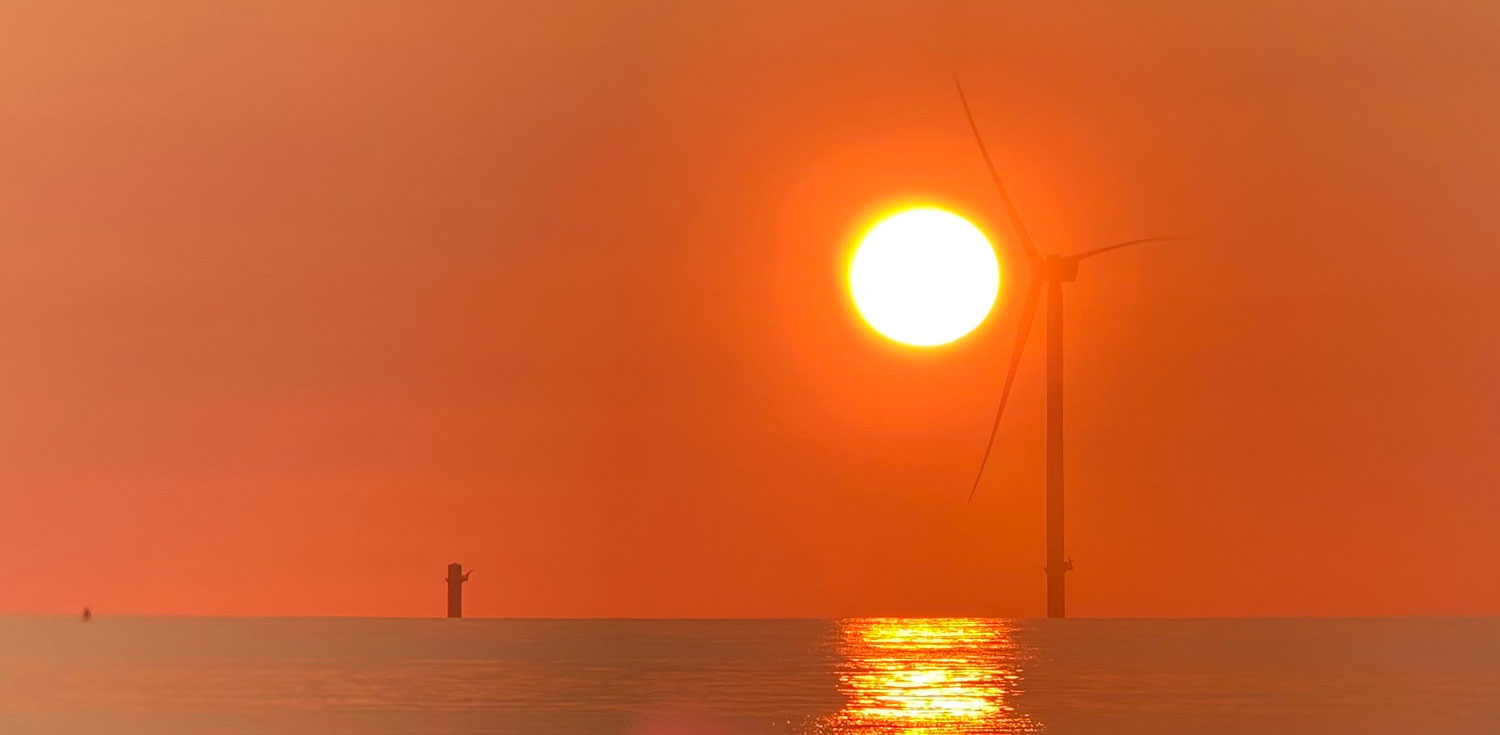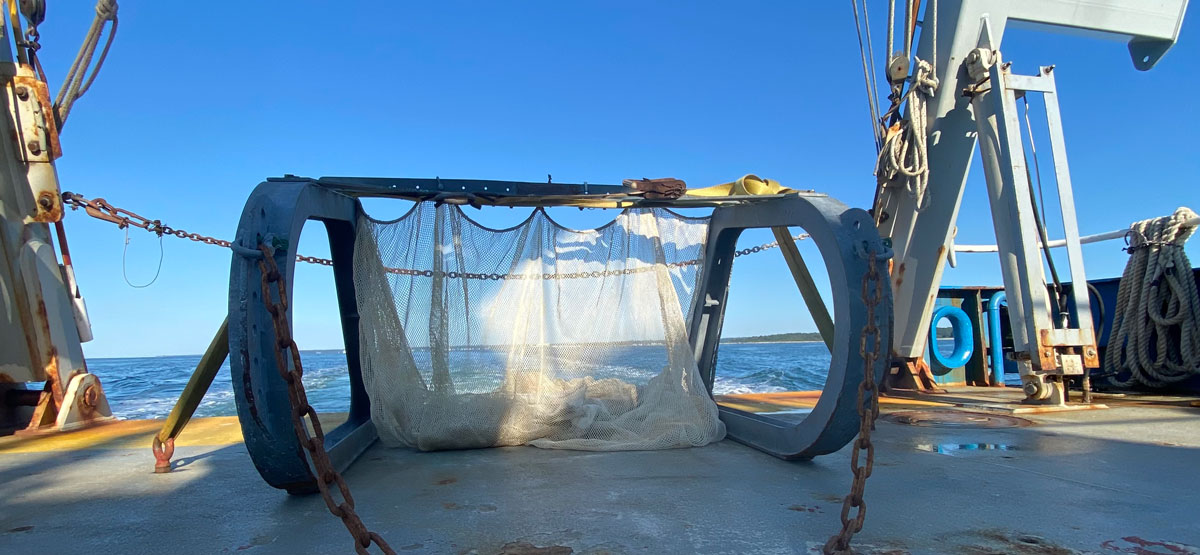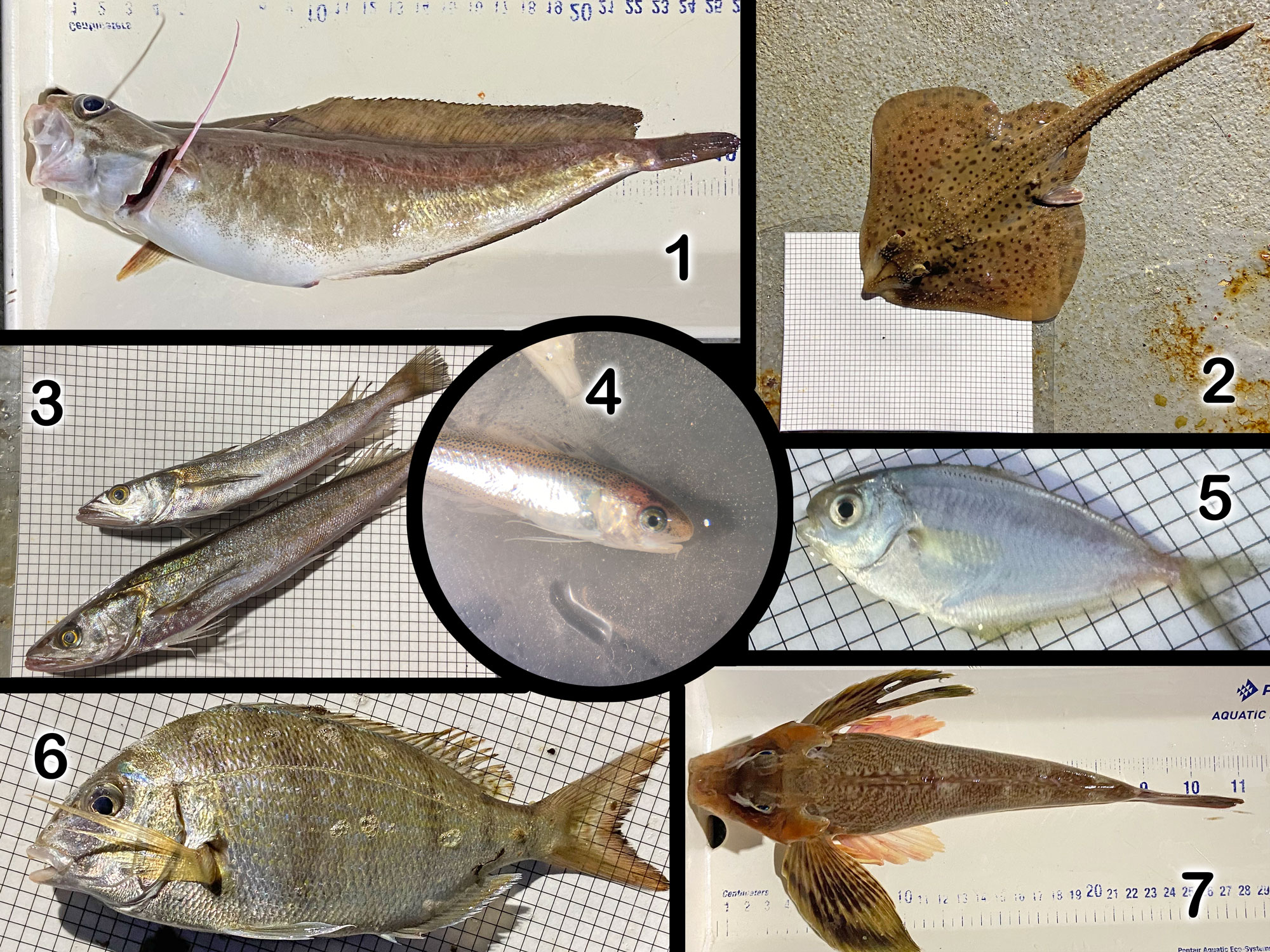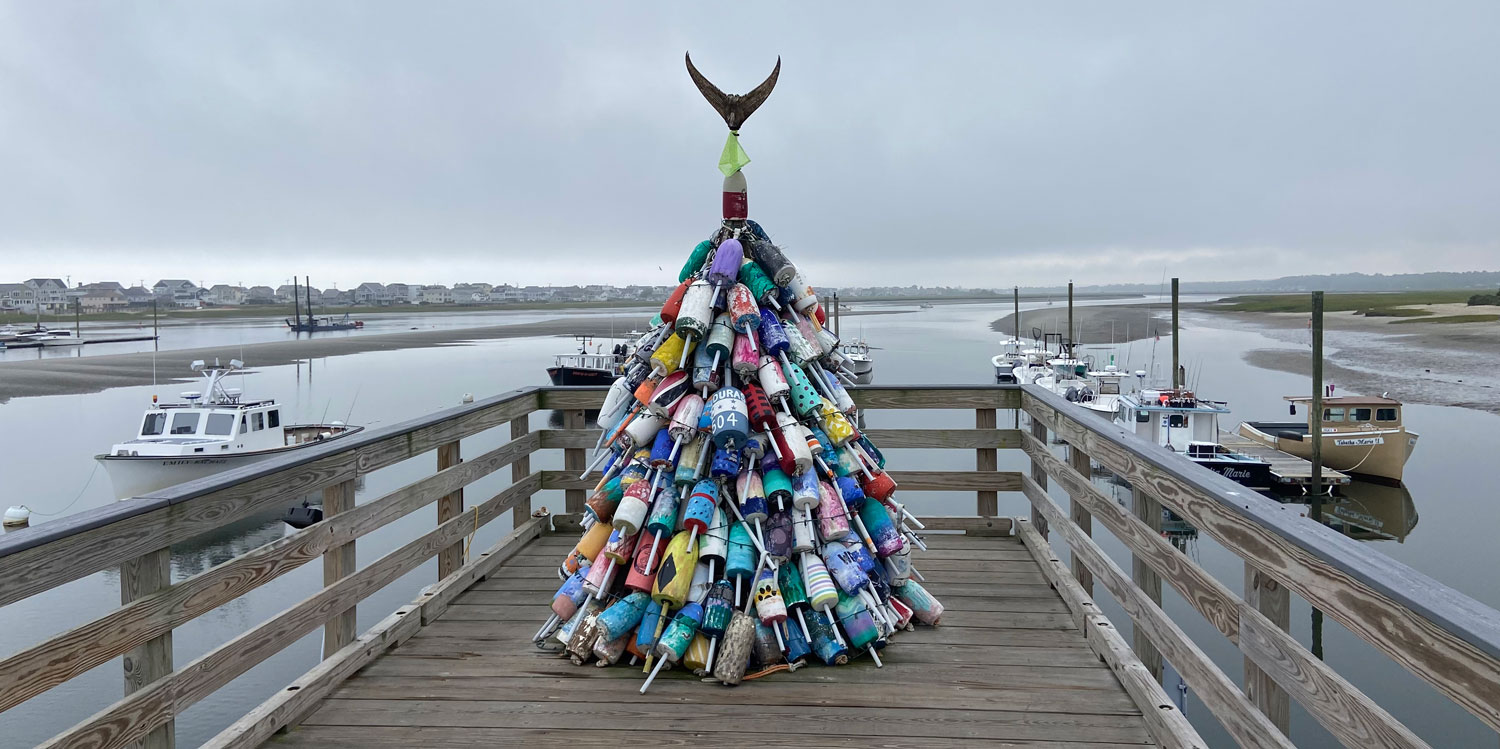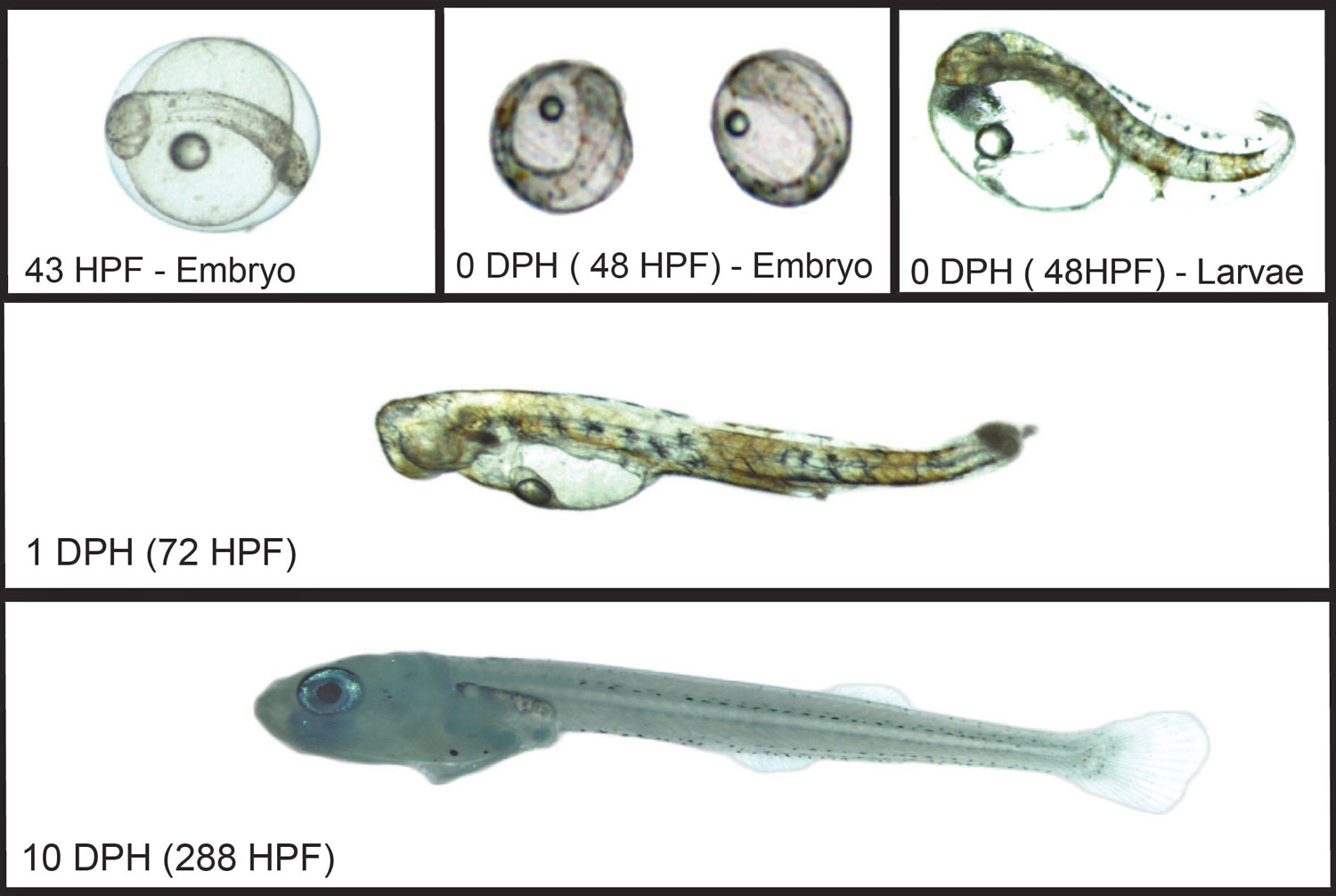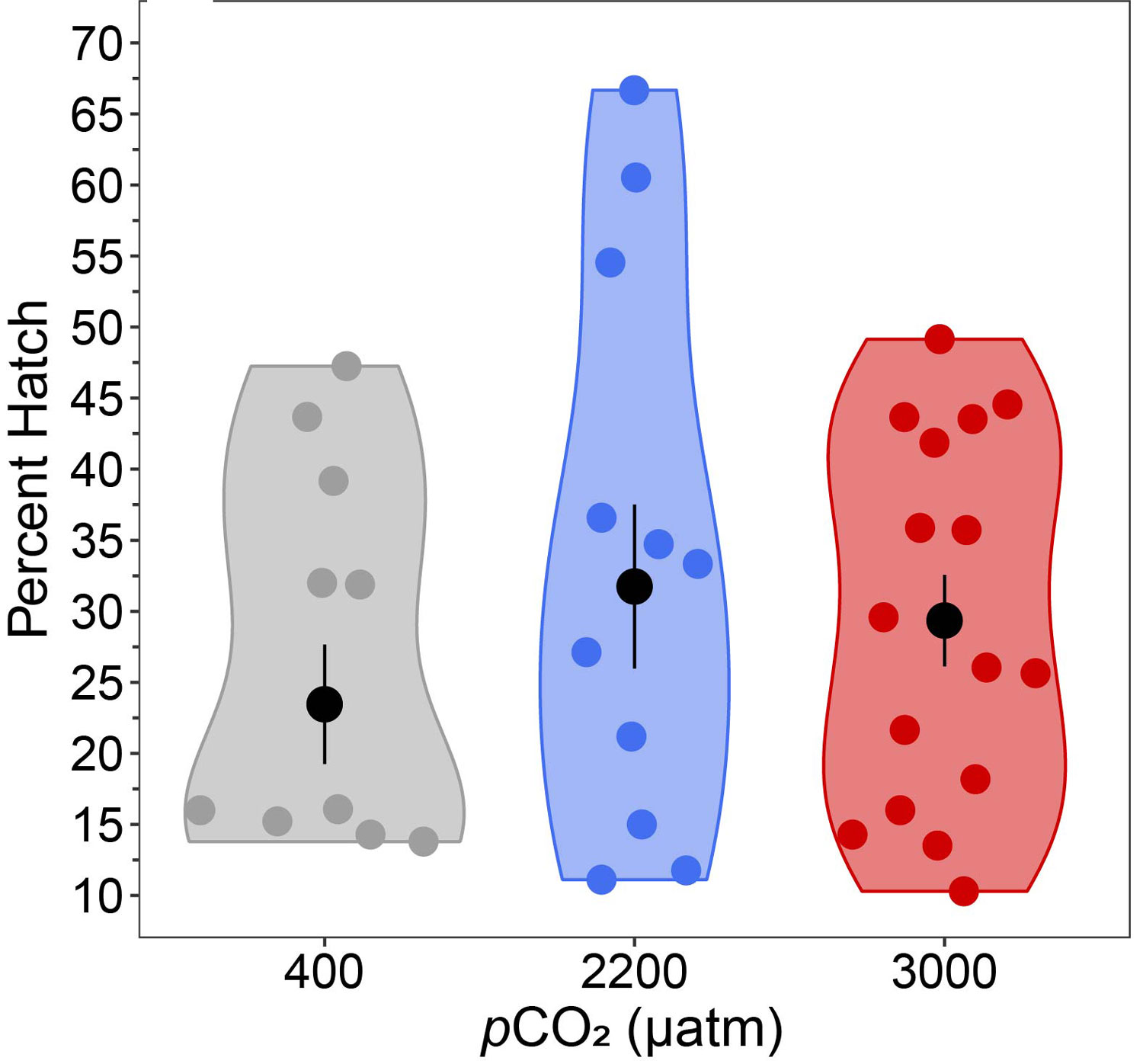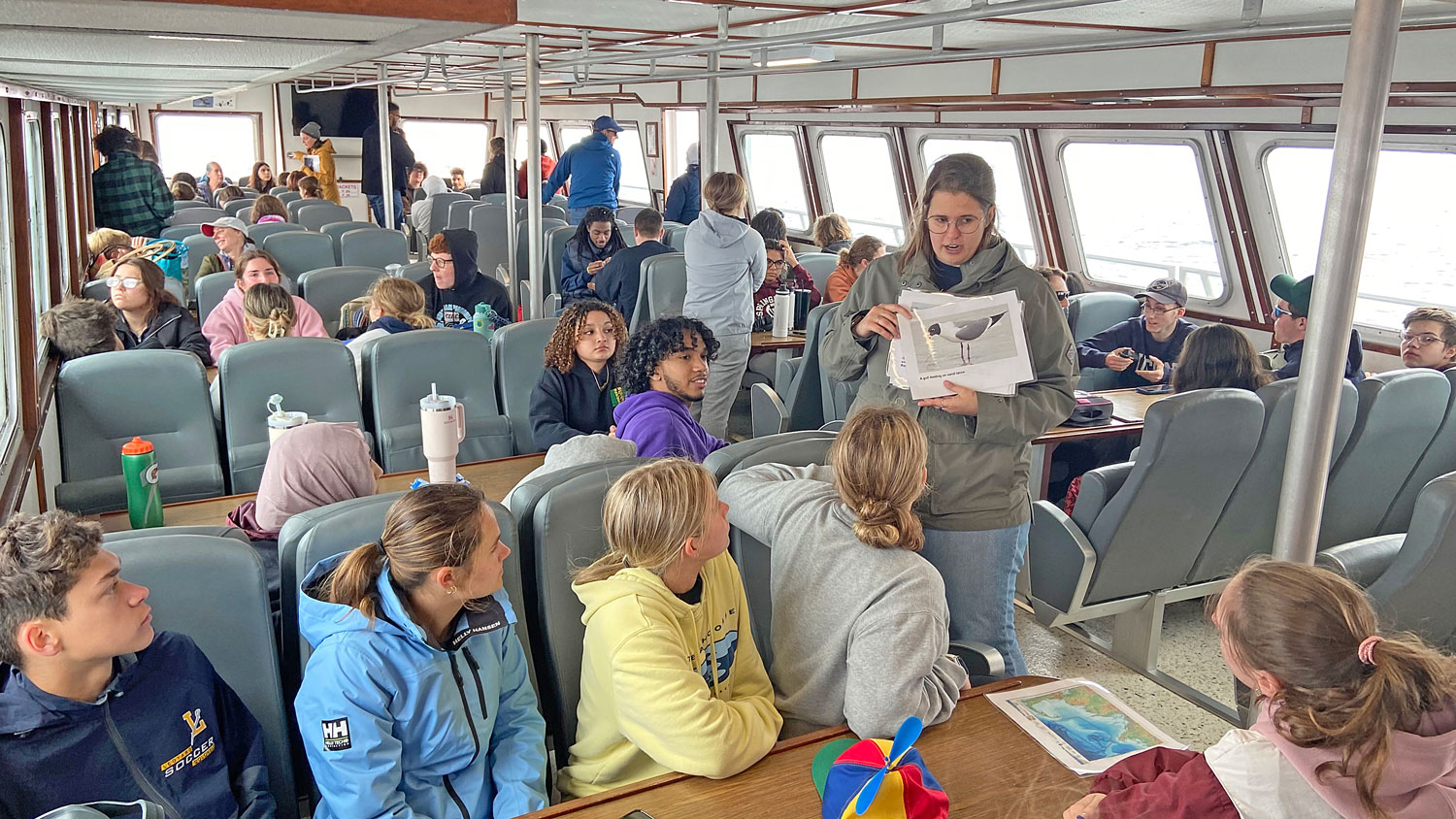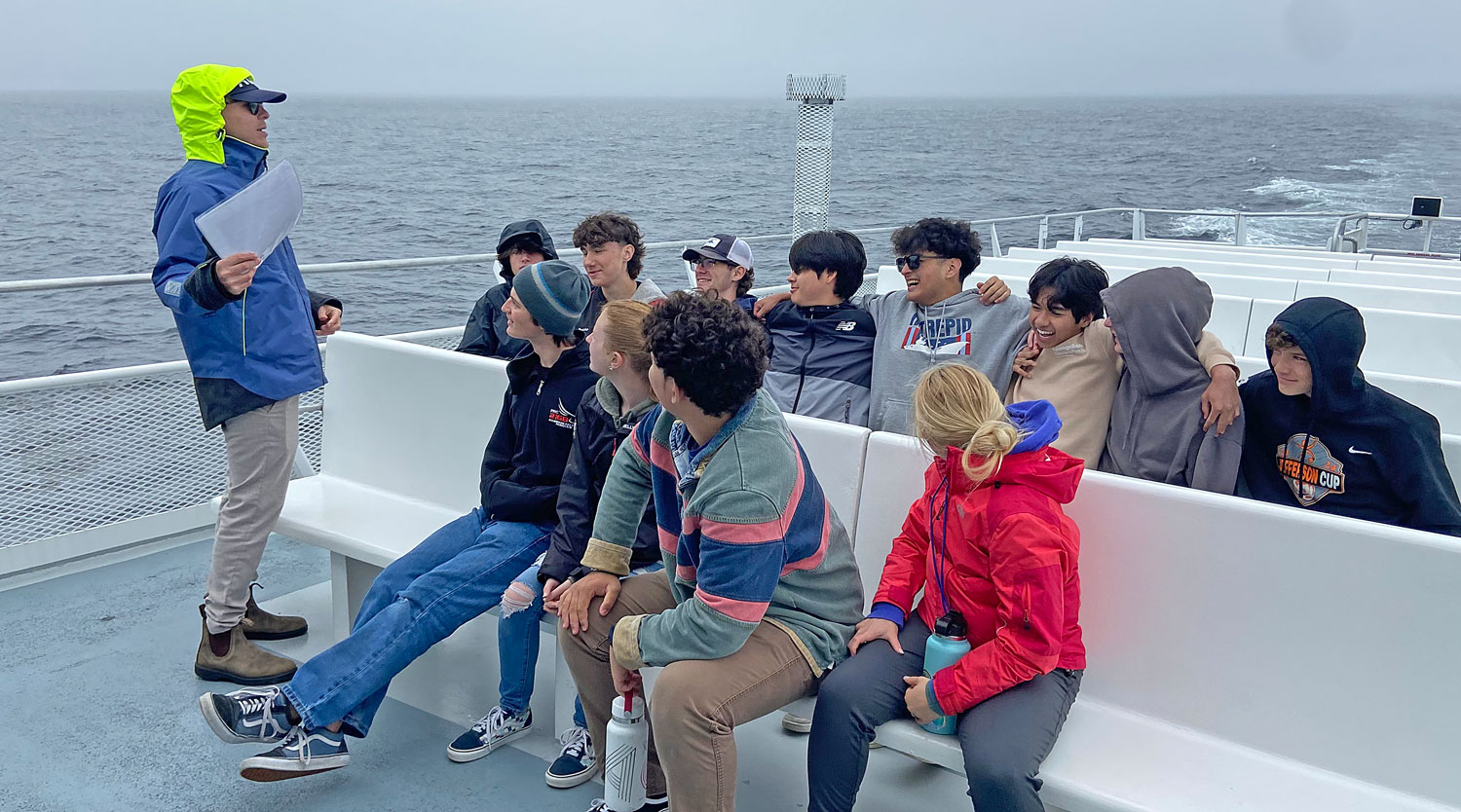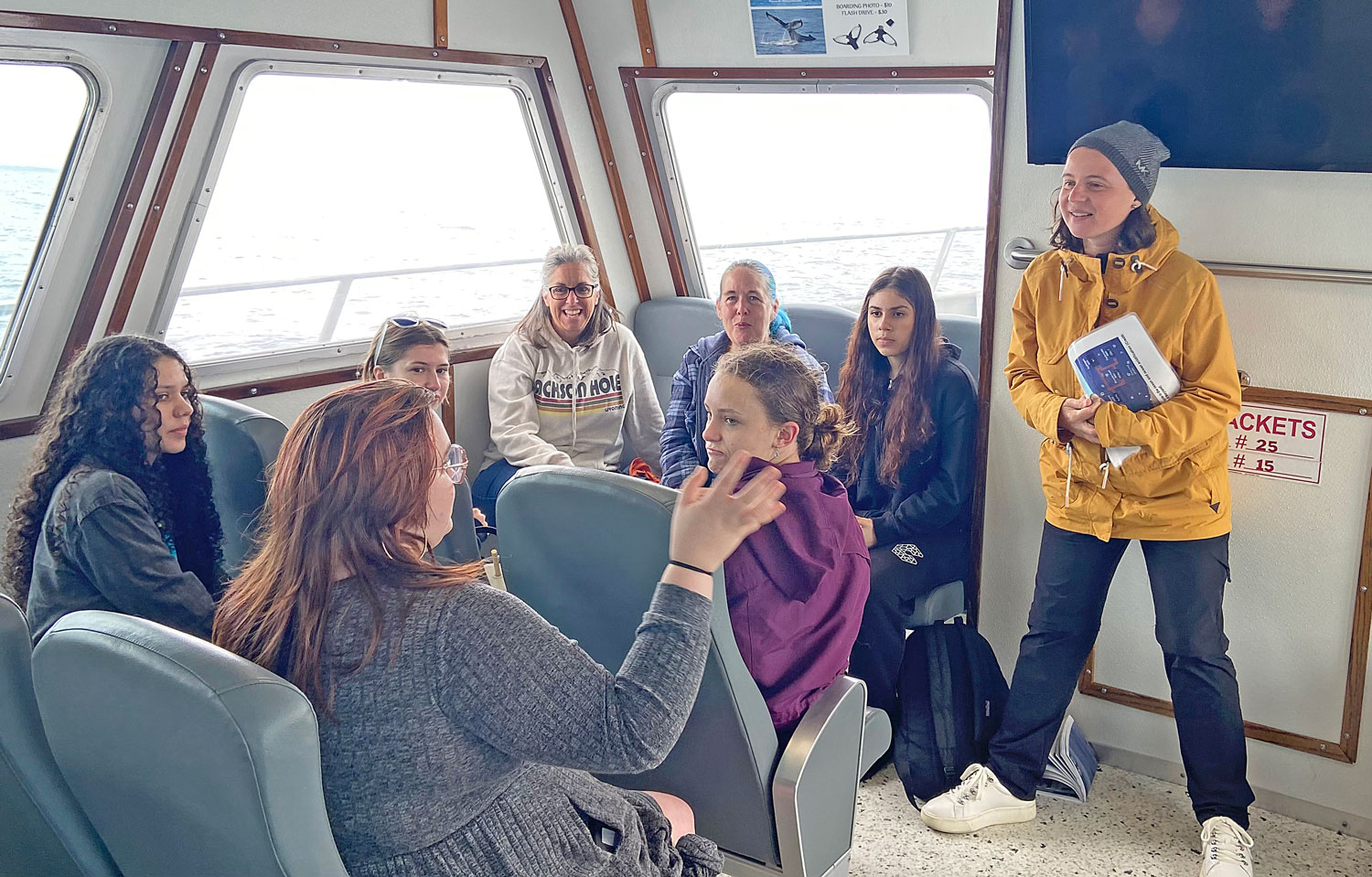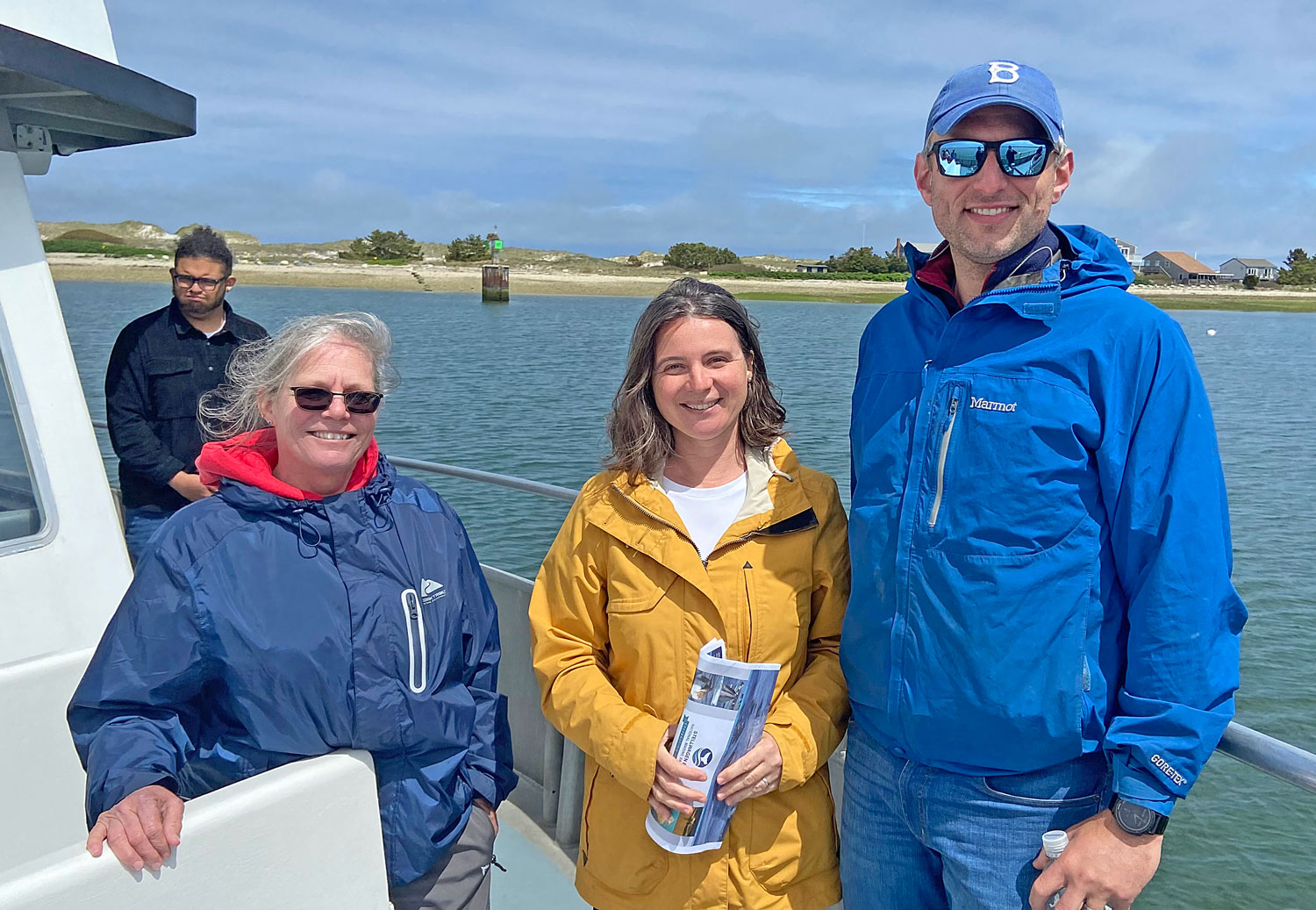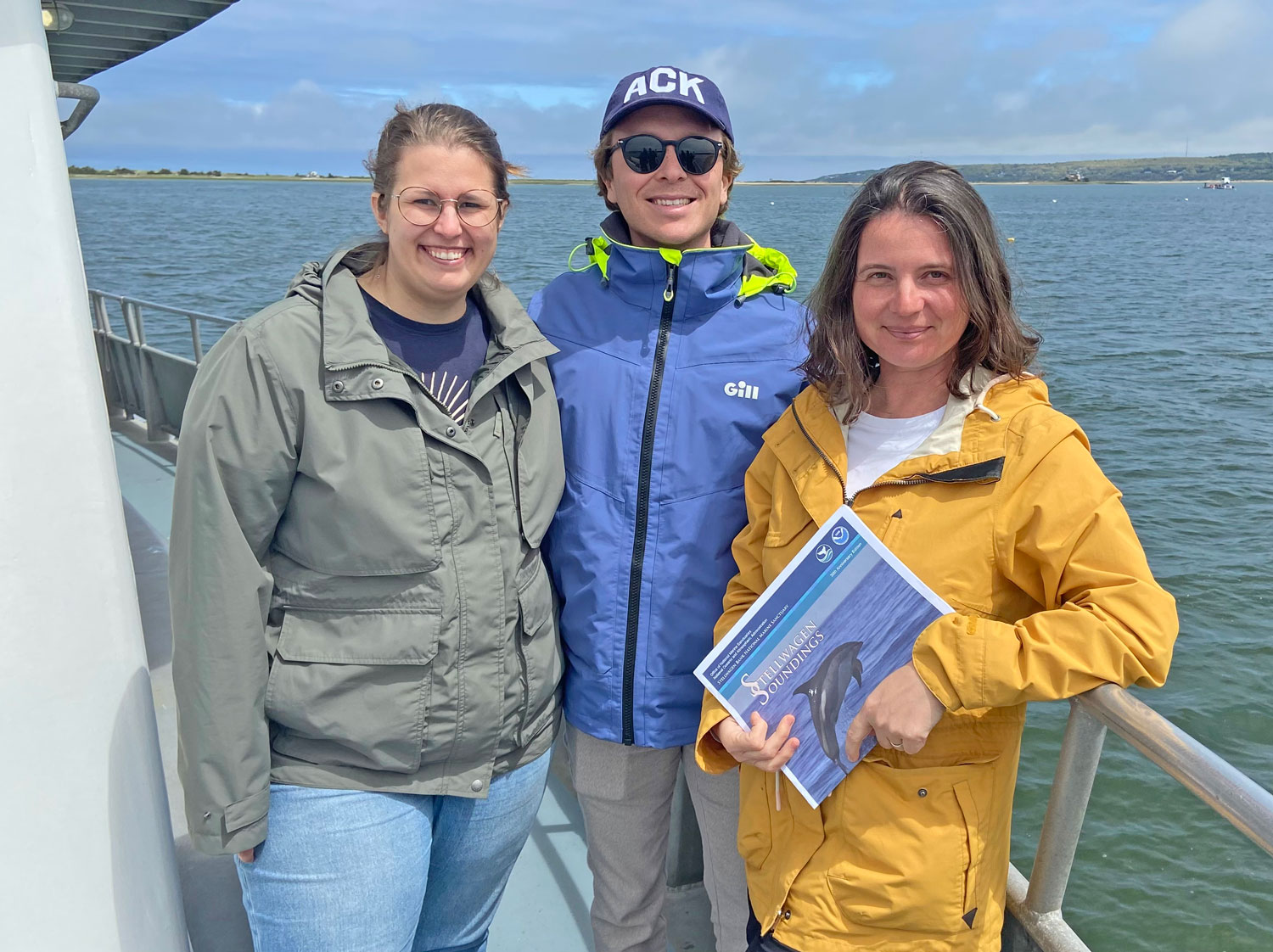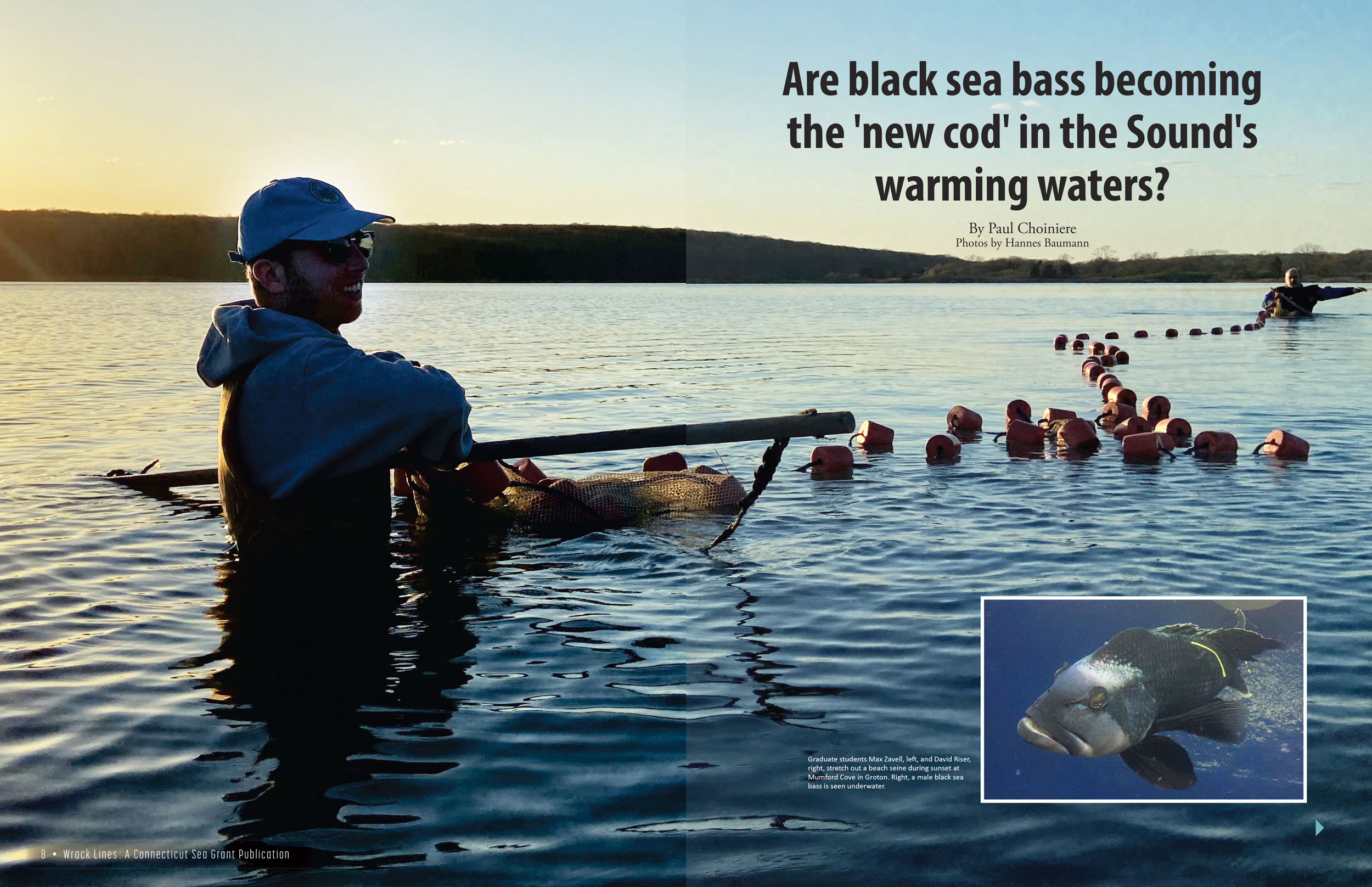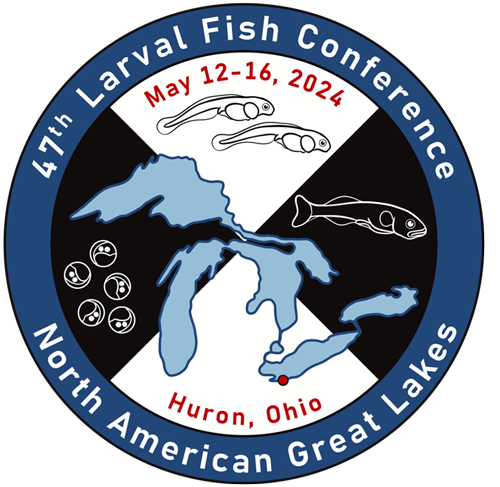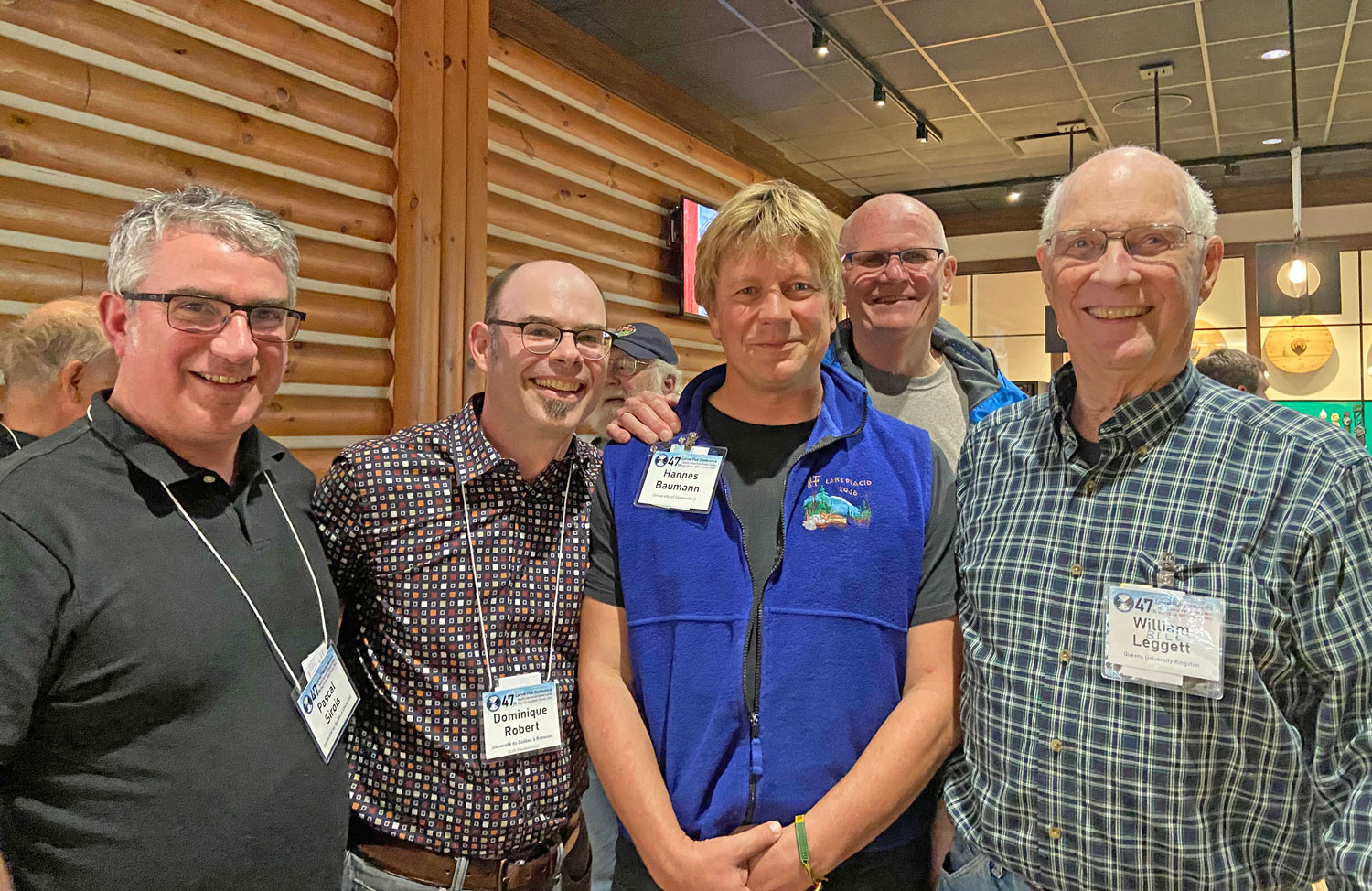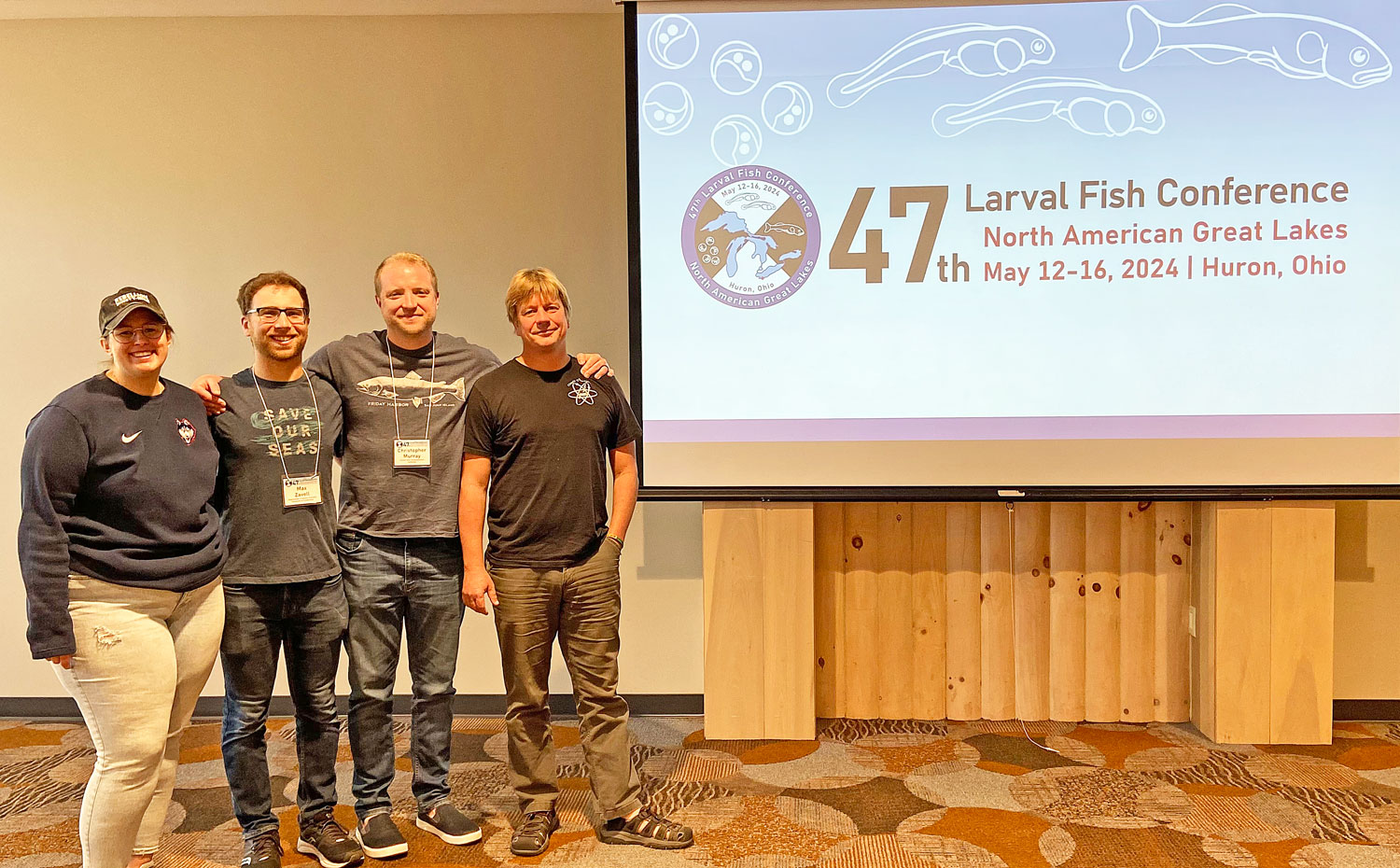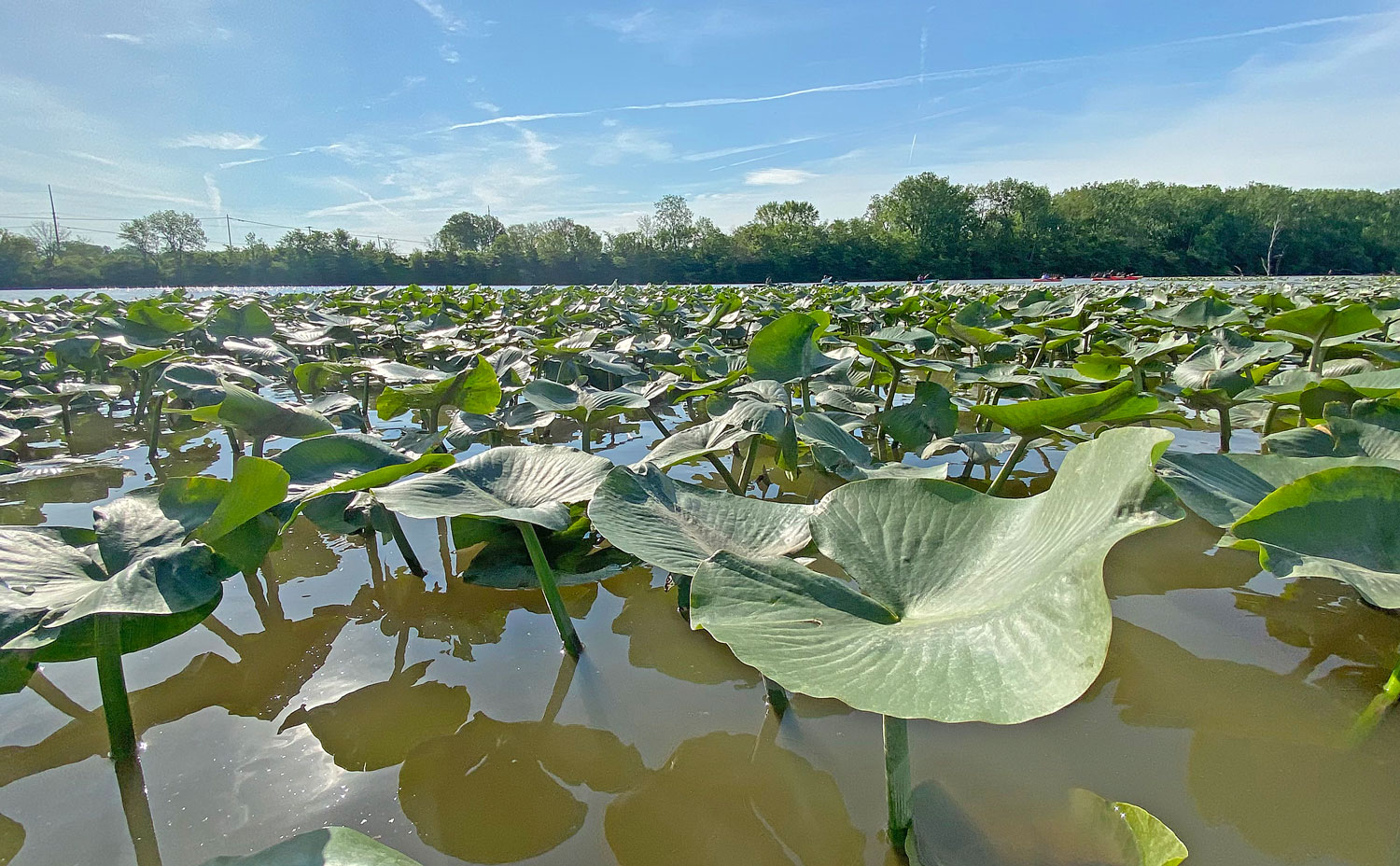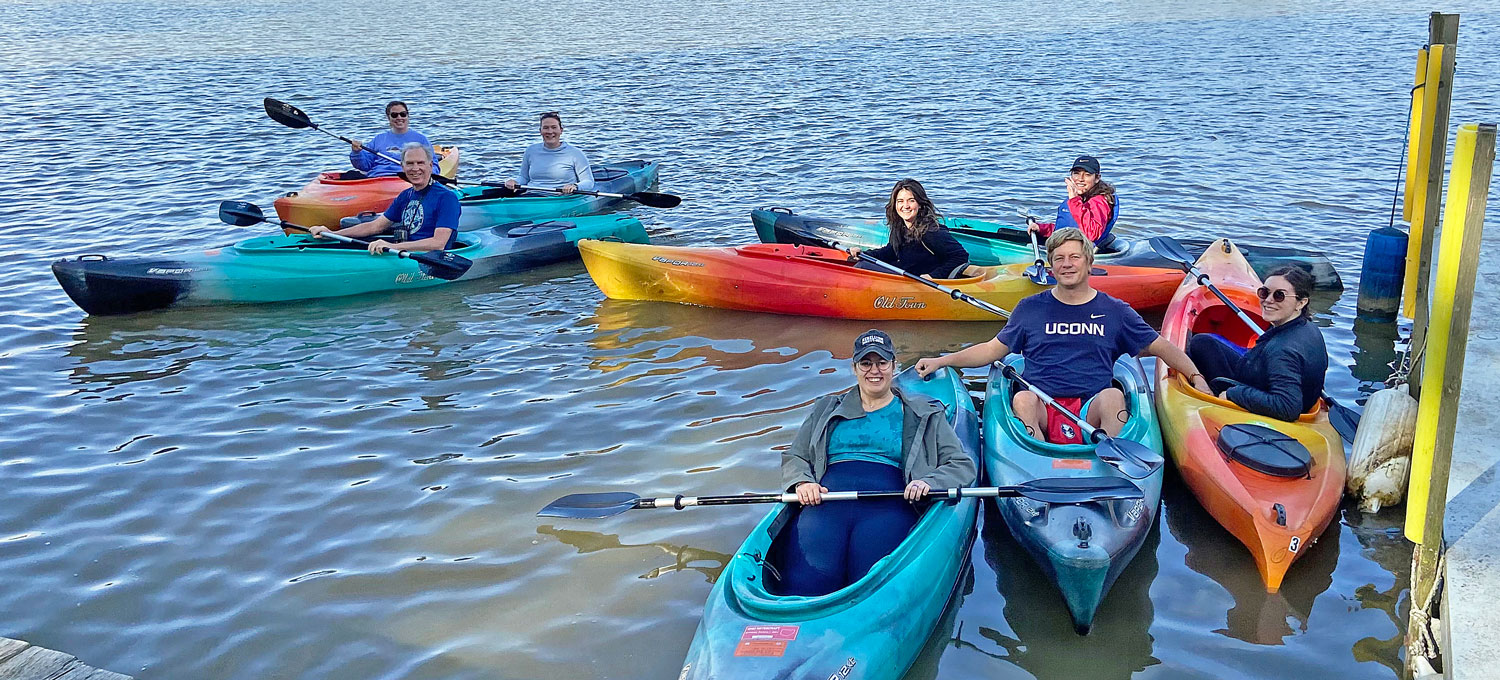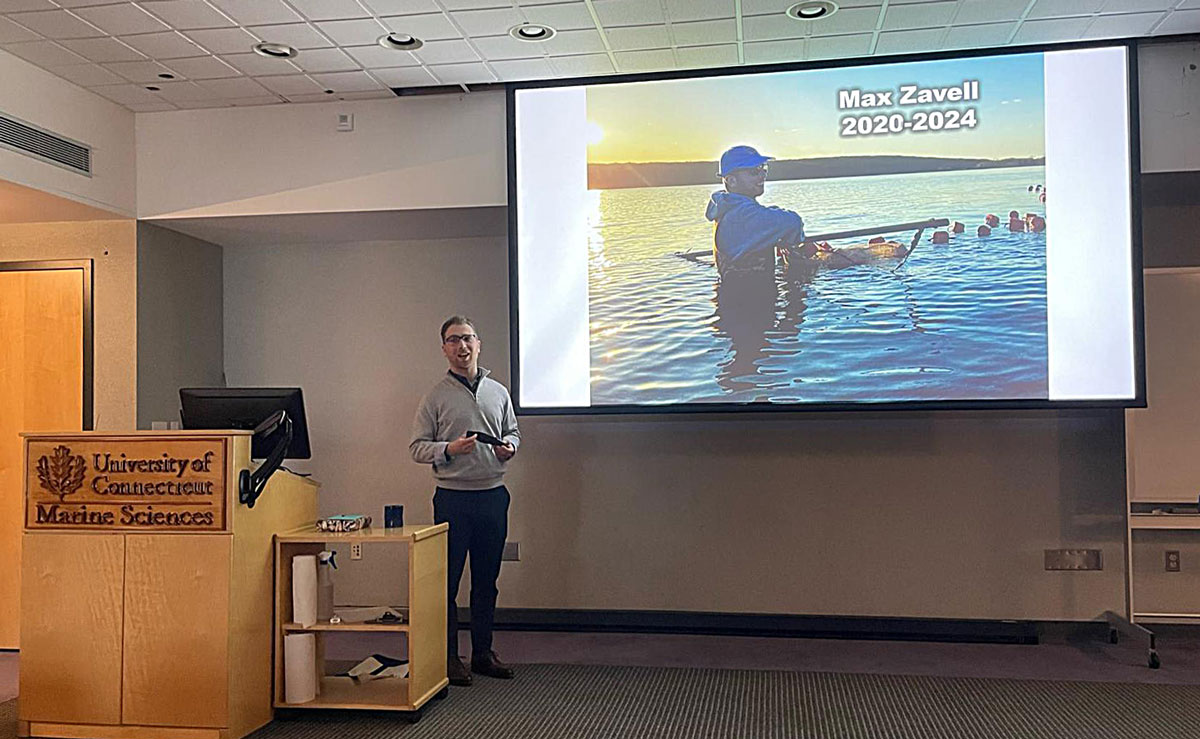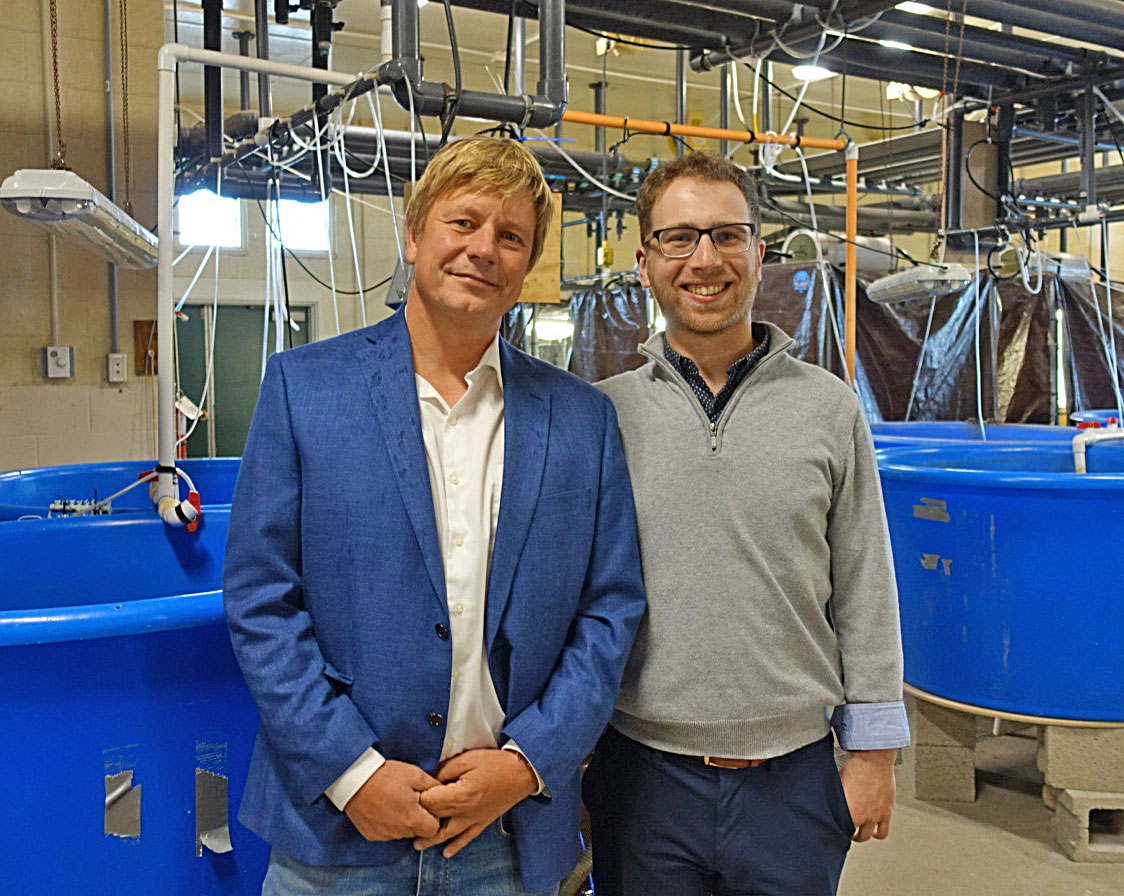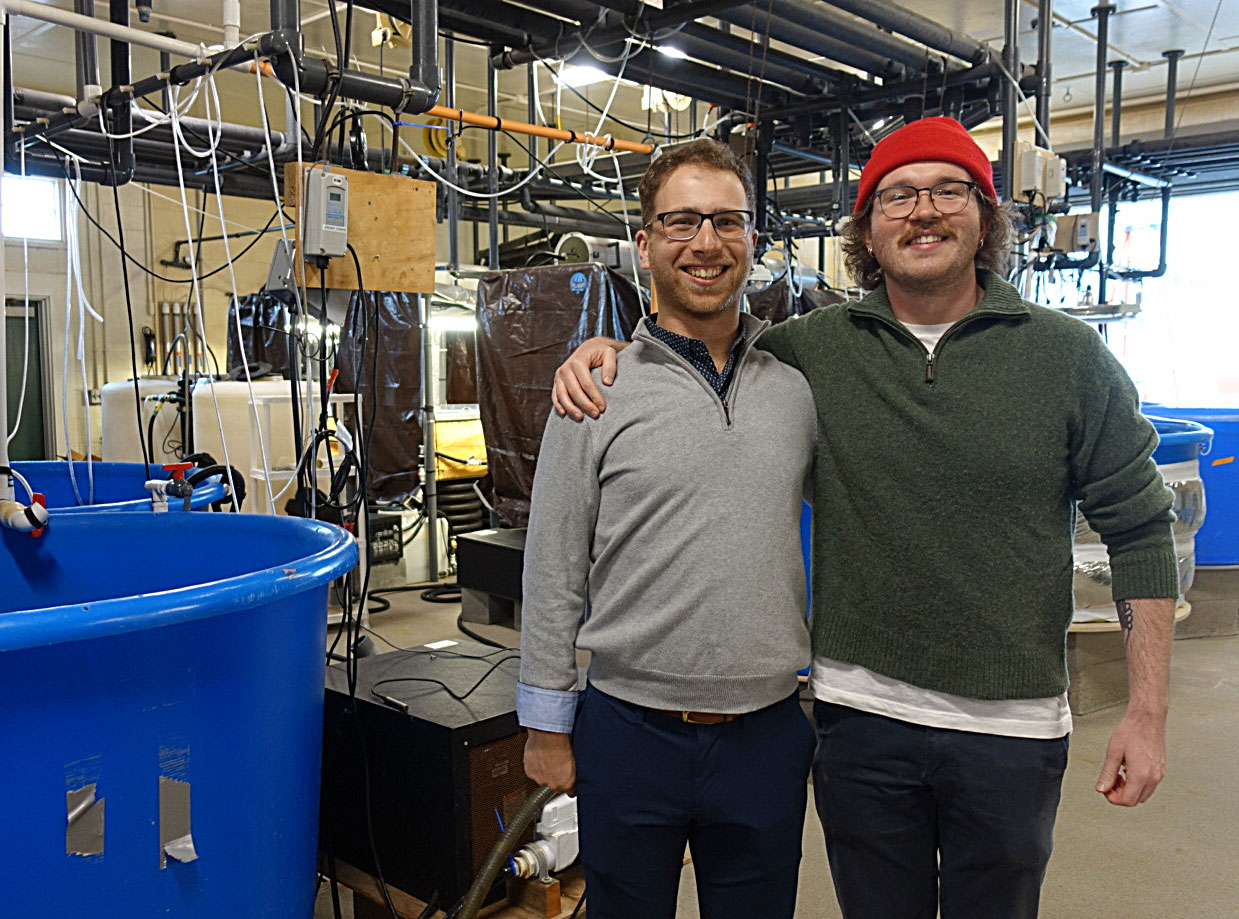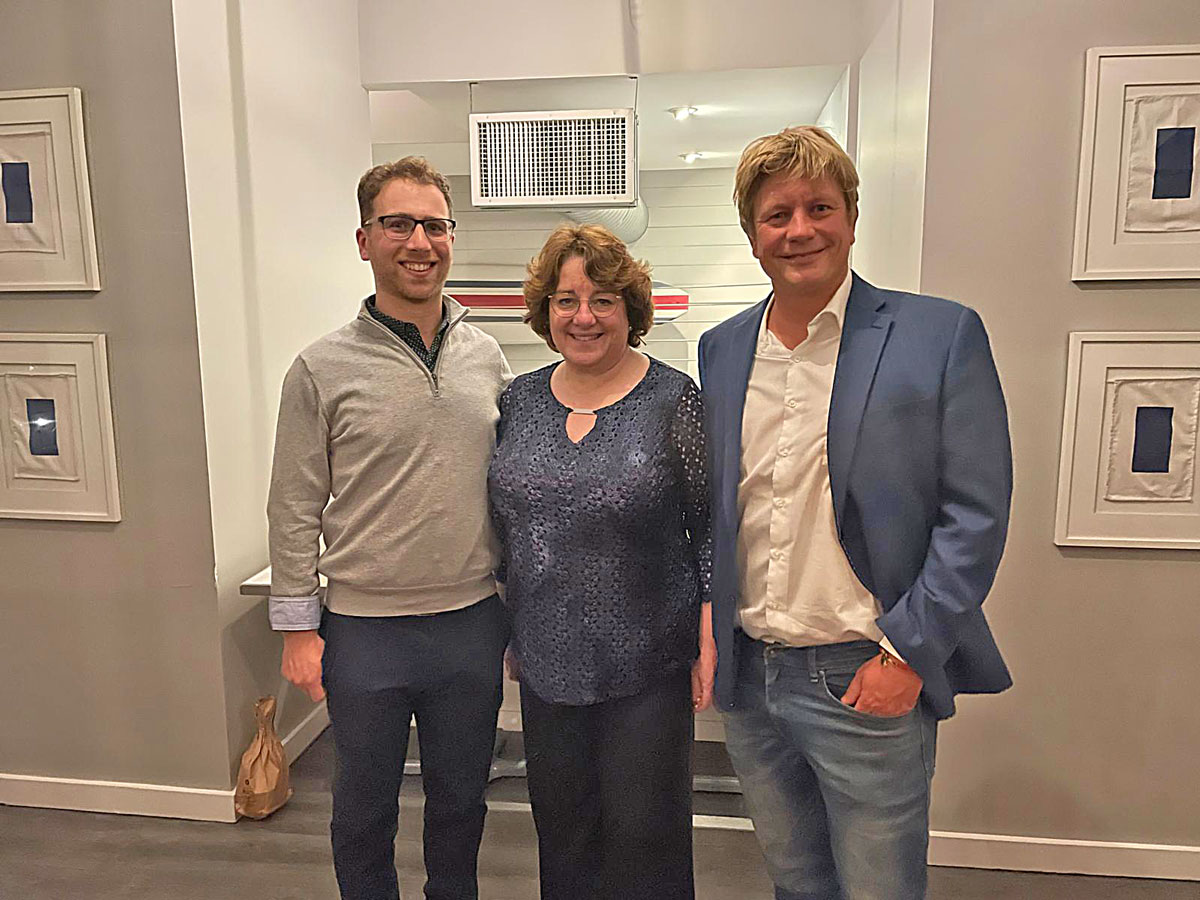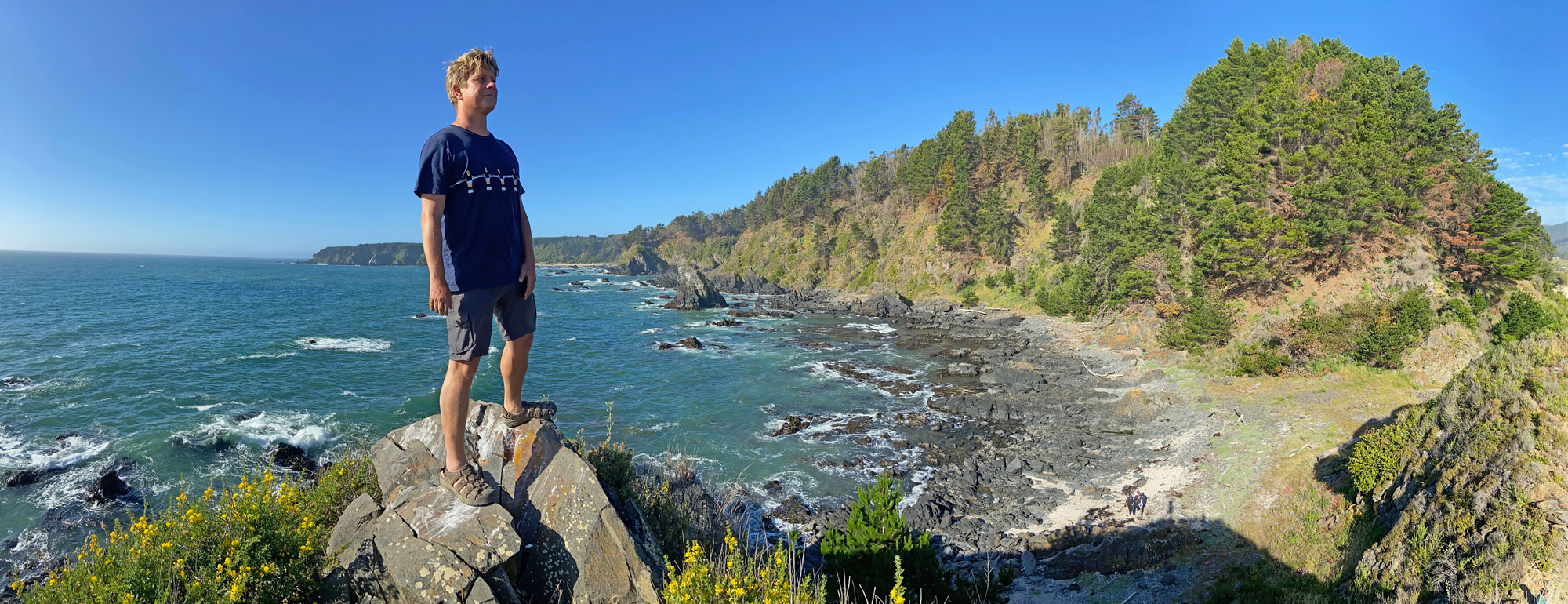25 January 2025. We are proud to share that the journal Environmental Biology of Fishes just published our latest sand lance research - this time involving specimen samples from the Canadian Arctic! And it's a story that has all the hallmarks of how scientist collaborate and how such collaborations can evolve and widen over time.
About 5 years ago, we began to receive samples of sand lance from Canadian colleagues who had collected them in places such as the Grand Banks, the Gulf of Saint Lawrence and even in coastal waters of western Greenland. When these samples were compared genetically to sand lance in the south (e.g. Stellwagen Bank) study, it revealed the existence of two large population clusters of Northern sand lance (Ammodytes dubius) on the Northwest Atlantic shelf (Jones et al. 2023). It was also the first genetic study of Lucas Jones, and it earned him his Masters degree in 2022.
A few years later, our Canadian colleague Caroline Bouchard approached us with a related problem. They had collected larval sand lance samples by ship tows in the Hudson Bay - the famously vast, shallow shelf sea in the Canadian Arctic - but there was no way to identify them to species level with traditional tools. If we might be interested to have a - genomic - look?
Lucas - now a PhD student - sure was. After DNA was extracted and sequenced in the same way as with the other samples before (i.e., low coverage whole genome sequencing), he applied his already developed bioinformatic pipeline to answer the question, which sand lance species inhabits the Hudson Bay?
So here it is. As the now published, first chapter of his PhD research reports - the findings were surprisingly unequivocal. All samples clustered with (i.e., were genomically indistinguishable from) the Northern sand lance (A. dubius).
This, we argue in the paper, demonstrated two things: First, the northern genotype of A. dubius forms a genetically homogeneous population across an astoundingly large geographic range of > 2 million km2, and second, there does not (yet?) appear to be any sign of Pacific sand lance species mixing in with the Atlantic species in this region.
Congrats, Lucas, and fingers crossed for your next discoveries of sand lance genomics!
- Jones, L.F., Schembri, S., Bouchard, C., and Baumann, H. (2025)
Molecular identification of larval sand lance (Ammodytes spp.) caught in the Hudson Bay System 2010-2018
Environmental Biology of Fishes (published online 25 January 2025)
